Stories
A story is any account of a series of related events or experiences, whether nonfictional or fictional. Narratives can be presented through a sequence of written or spoken words, through still or moving images, or through any combination of these. They also can be describe a series of events we either create or remember or imagine which we tell ourselves because we want or need to hear them. Perhaps we create stories because we want or need to know something, or learn something, or answer a question.

Can be described in:
- 3 words
- A sentence
- A paragraph

Narrative
Definition: Narrative is essentially the way a story is told. For example, you can tell different narratives of the same story. It is a very subjective process and there is no right or wrong. Whether or not your photographic story is any good is another matter. Additionally, is constructed when you begin to create relationships between images (and/or text) and present more than two images together.
How will you tell your story?
Images > new photographic responses, photo-shoots of objects…
Archives > images from SJ photo-archive, found imagery…
Texts > experiment with typography, key words, poems…


Common types of narrative:
- Descriptive- is meant to convey an intense description of a particular place, object, or concept
- Viewpoint- what the storyteller gets to “see” in one or more characters of a story
- Historical- the practice of writing history in a story-based form
- Linear- we see the events of the story unfolding in the order in which they occurred
History of Magazines
The first magazine was published in Germany during the 17th century. The success of this publication led to the introduction of magazines across Europe. During the 17th and 18th centuries, publishers founded several different types of periodicals aimed at diverse audiences, including the elite and women.
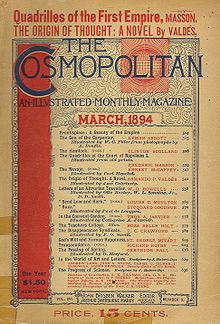
The first American magazines are said to have been published in 1741 by Andrew Bradford and Benjamin Franklin, rivaling printers in Philadelphia. Both folded within the span of six months but, by the end of the 18th century, there were over 100 magazines in the U.S. Other magazines such as Cosmopolitan was originally published in 1886 in the U.S. as a family magazine titled The Cosmopolitan. It later evolved into a literary magazine until eventually becoming a women’s magazine in 1965.
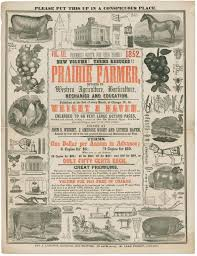

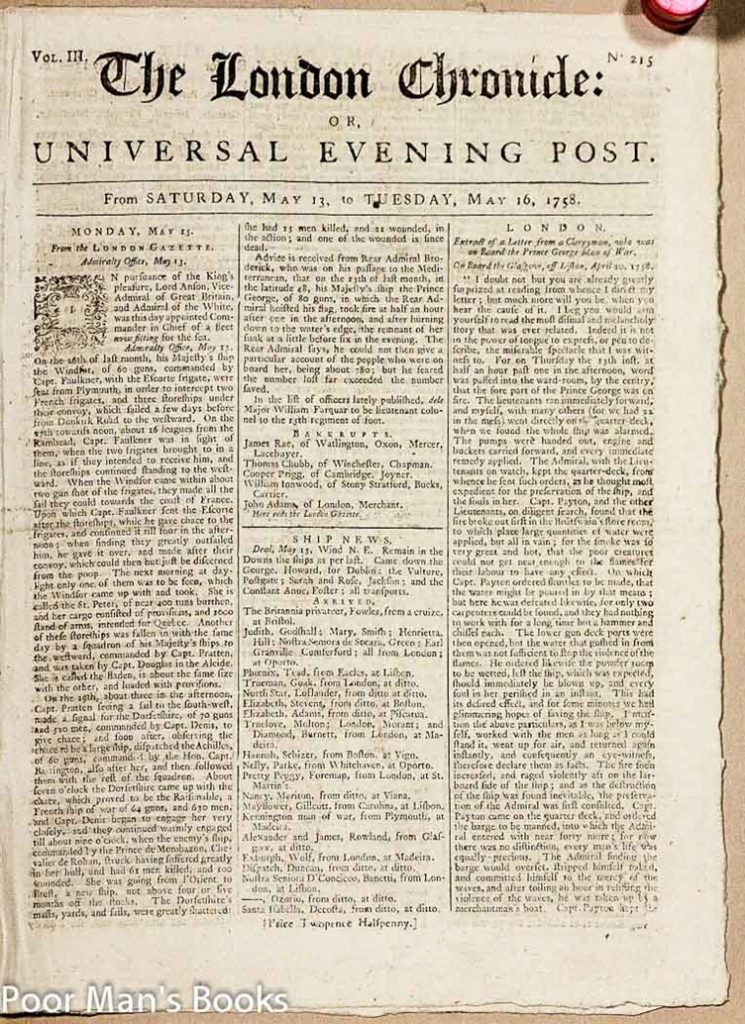


Much as in newspaper publication, Great Britain closely followed continental Europe’s lead in producing magazines. During the early 18th century, three major influential magazines published regularly in Great Britain: Robinson Crusoe author Daniel Defoe’s the Review, Sir Richard Steele’s the Tatler, and Joseph Addison and Steele’s the Spectator.
All this changed during the 1830s when publishers began taking advantage of a general decline in the cost of printing and mailing publications and started producing less-expensive magazines with a wider audience in mind. Magazine style also transformed. While early magazines focused on improvement and reason, later versions focused on amusement. No longer were magazines focused on the elite class. Publishers took advantage of their freshly expanded audience and began offering family magazines, children’s magazines, and women’s magazines. Women’s publications again proved to be a highly lucrative market.
Zines
The aim is to produce a 16 page photo-zine in InDesign based around the images you have produced from exploring a bay or geological sites of special interest, that you selected to photograph as part of your Summer Project: MY ROCK. I am looking forward to creating this zine as it means that I will get an opportunity to use all of my best images throughout my whole project and display them in the most fun and creative way.

Before creating my zine, I will attempt to construct a short storyline to base my work off of. This is so that I have some idea of the theme of my zine before I start creating, this helps to get visual ideas and make my zine more aesthetic. I think it’s important to understand how the concept of a storyline works before creating my zine, so this research is very important for my understanding as it helps me understand that without a story my zine will not have as much contextual information put into it, and also hinder the quality of my work.
I also like the fact that Zine design is so subjective and when creating our zines everyone will have vert different outcomes as the styles which influence how we take images has been inspired by a variety of different photographer since starting our course at the start of year 12. Furthermore, I think that zines can show just not stories or narratives, they can illustrate a moment that has occurred in the past and they are a good way of creativity showing how history can be told through images rather than textbooks.
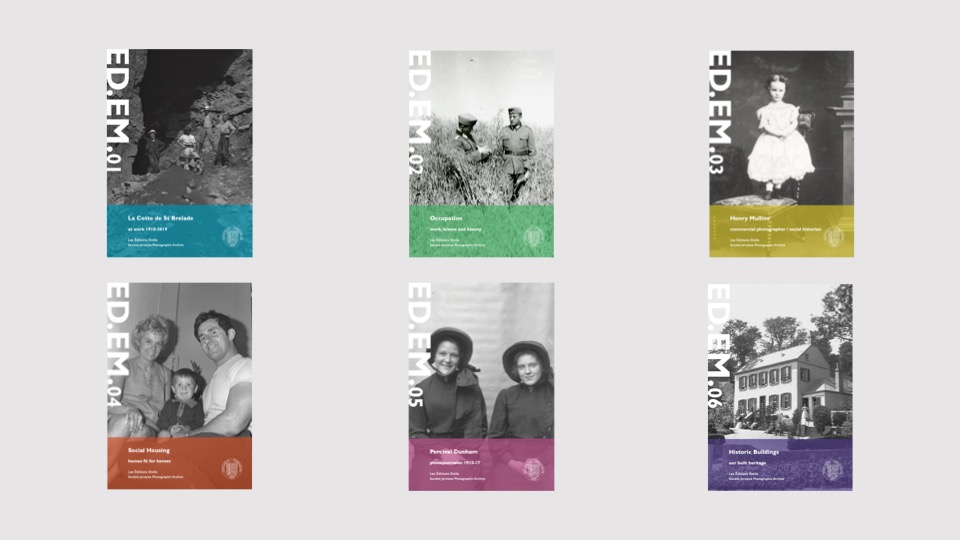
Hamish Fulton
Hamish Fulton (born 1946) is an English walking artist. Since 1972 he has only made works based on the experience of walks. He translates his walks into a variety of media, including photography, illustrations, and wall texts. His work is contained in major museums collections, such as the Tate Britain and MoMA. Since 1994 he has begun practicing group walks. Fulton argues that ‘walking is an artform in its own right’ and argues for wider acknowledgement of walking art.

Fulton follows a leave no trace ethic, and does not collect materials on his walks for display in galleries. Instead, his work combines text-based descriptions with a photograph, illustration, or, more recently, vinyl wall texts, to communicate his walks to viewers in a gallery. Fulton has stated that walking is an experience not an art medium, and that what he builds is an experience, not a sculpture.
“Leave only footsteps, take only photographs”
More recently, Fulton has referred to his walks as ‘invisible objects’ and has discussed his group walks as artworks that are created and observed by the participants. Fulton has emphasised the political aspects of his work, particularly in concern to the situation in Tibet and the degradation of the environment.
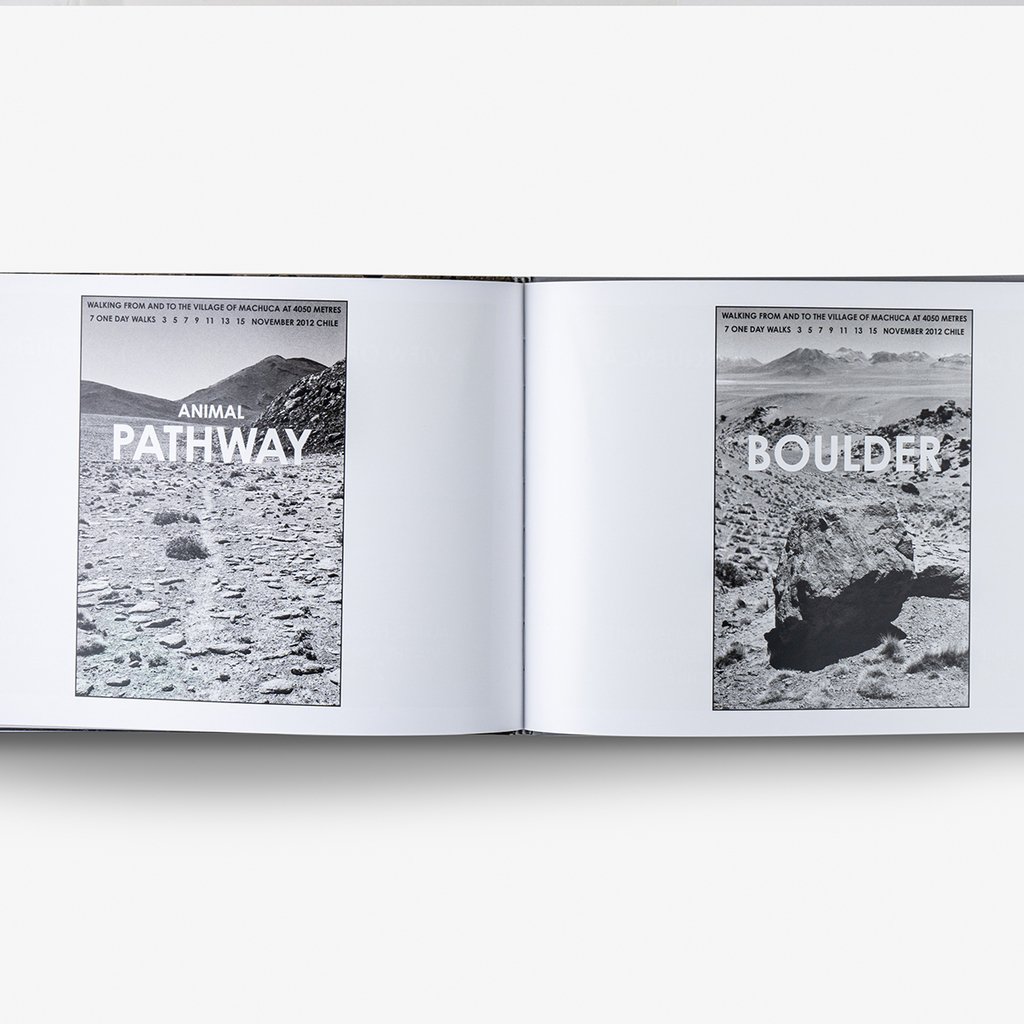
Exhibitions Include:
- Hamish Fulton – A Decision to Choose Only Walking (2016) Galerie Tschudi – Zuoz, Zuoz, Switzerland
- Hamish Fulton: Wells of Dee (2015) Galleri Riis, Stockholm, Sweden
- Walking Transformation (2014) Villa Merkel, Esslingen Am Neckar, Germany
Fulton is interested in exercising total artistic freedom, which he infuses with environmentalism and reverence for nature, not to mention a general dismay for what he sees as a growing disconnect between humans and the natural world. The first time Fulton picked up a camera was quite accidental, being a trained sculptor, but Fulton had the idea of developing an artistic activity based on the act of walking; whereby the walks themselves become the artworks, as the camera documents the land.
Image Anaylsis

I have selected this image to analyse as I have looked through some pages of this zine and its parts of some of my favourite of Fulton’s work, this is because it captures so many different natural elements in one piece if work. Firstly, I like that this image has a really good focal point which catches the viewer’s attention straight away and makes you want to look through the rest of the zines and attracts you and makes you interested in Fulton’s work. Furthermore, the monochromatic tones within this image means that the clouds become very bright and a better focal point for the middle and top portion of the image, these white tones match up well with some subtle aspects of the foreground.
